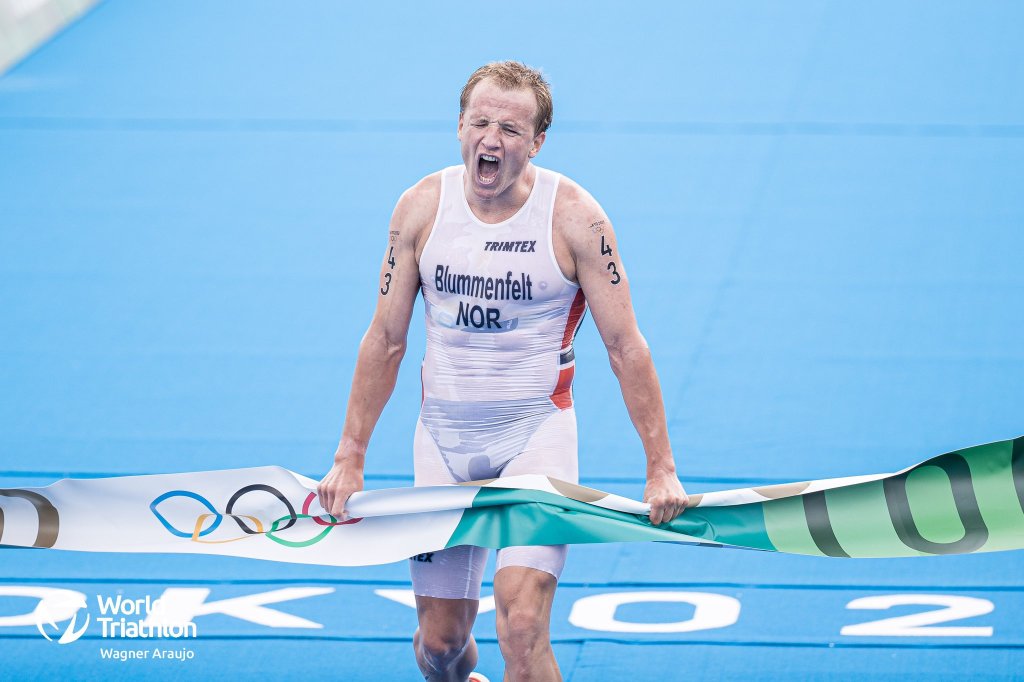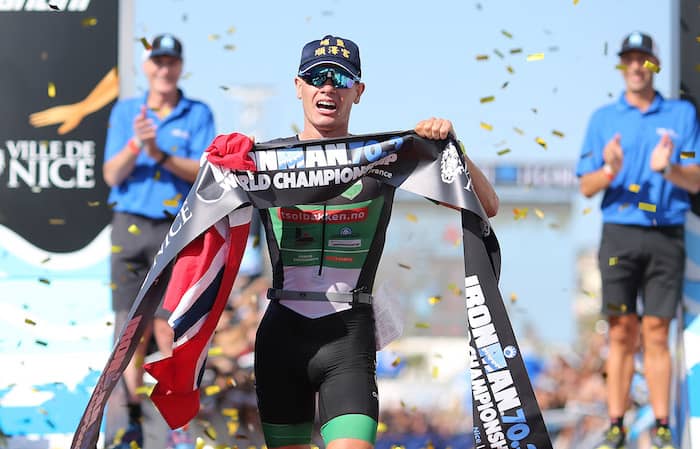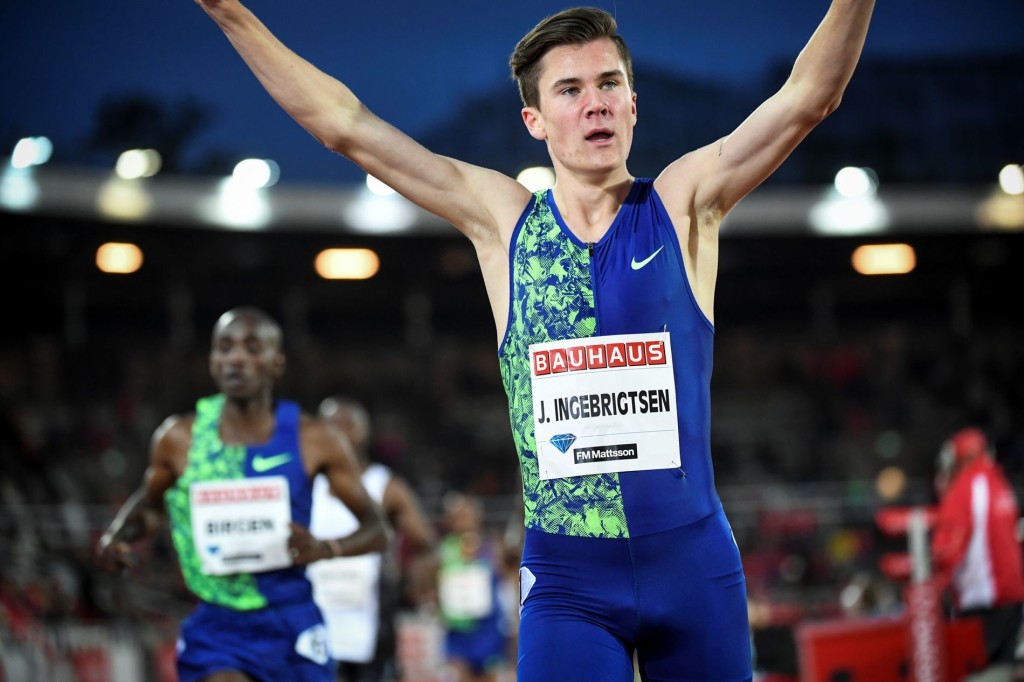


The so-called Norwegian Training Method has gotten a lot of buzz with the success of Olympic and World champion and world record holder Jakob Ingebrigtsen on the track, as well as Olympic triathlon champion Kristian Blummenfelt and Ironman world champion Gustav Iden.
Much of that talk seems to be about the double threshold sessions. That’s a gross oversimplification of the training philosophy and, potentially, a huge mistake for most runners to copy. You don’t have to do double thresholds, and probably shouldn’t.
First and foremost, the Norwegian model (almost every sound training model), is built on a large, aerobic base. The champion Norwegians come to this kind of training after years of mostly low-intensity activities. That’s what’s called building an aerobic base. The bigger the base, the greater the benefit and lesser the risk from higher intensity training. It doesn’t have to be running. According to Jakob’s father, and former coach, any activity by kids will help their aerobic fitness for later when they start to run.
Second, in the Norwegian model, their interval sessions are done at/below the second lactate threshold (LT2). LT2 is the zone 3/4 break in a 5 zone model. Most of Jakob’s intervals are done well below LT2, in zone 3. The ideas behind that are:
- The adaptations to Z3 vs Z4 training are similar.
- At Z3, you can get more volume than you can at Z4 or Z5.
- More volume gives you better lactate adaptation.
- Going over LT2 significantly increases stress and slows recovery.
Brief review of LT: Lactate is both a byproduct of, as well as a fuel source for metabolism. At lower intensity levels, the lactate produced is maintained and utilized within the muscle where it’s produced. Once you go above the first lactate threshold (LT1, zone 2), lactate leaks out of the muscle into the blood. This is when your blood lactate levels begin to rise; LT1 is also known as the onset of blood lactate accumulation (OBLA). Lactate is shuttled to other parts of your body, then converted into a fuel. Your brain is a significant user of lactate. The less glycogen (sugar) your brain demands (it demands a lot), the more is available for your muscles. Between LT1 and LT2, your body is capable of utilizing the lactate. LT2 is where you start producing more lactate than your body can process. Your blood lactate rises more sharply. Such high efforts are sustainable only for short periods of time. The longer you are able to go at/below LT2, the longer you’ll be able to maintain your speed in an endurance race.
Many of us learned to do intervals hard, Z5, ~5k effort or faster. These are the types of efforts where you may be hunched over, gasping for air at the end, aka seeing god. Sub-LT2 intervals are easier. Because they are easier, you can do more of them, and thus more training stimulus. For example:
- Under the old method, I might do 800m repeats in ~3:00-3:10, with ~1:30-1:45 recovery. At that effort, I might max out at 6-8 repeats.
- Under the Norwegian model, I might do those 800m repeats in ~3:20-3:25, with recovery of ~1:00 (lower effort means you don’t need as much recovery between repeats). At that effort, I could do 12+ repeats.
More volume means more time with raised lactate levels, more training stimulus, leading to greater efficiency buffering lactate. A lower effort means less risk of overload.
What about doubles? The idea of breaking it up into two sessions allows for even greater volume, greater training stimulus. If you’re an elite like Jakob, Kristian, or Gustav, where it’s your job, and you’re doing a very high volume of training, double interval sessions make sense. For the rest of us mere mortals, with busy lives outside or training, double interval sessions may be impractical. Even if we have the time, we are busy doing things between the sessions whereas they are resting.
As I started with, threshold intervals are just a small part of their training. The vast majority, and the most important part of their training are long easy efforts. Jakob does to some higher efforts in training – e.g., 2x/week, 30-second hill sprints, at 1500m-3000m race pace – however, those are a small part of his total volume. Very little of his running is done at or faster than 4:00/mi pace (he recently ran a 3:43 mile).
Build a big aerobic base before training fast/hard. That, alone, will make you faster.
Train smart. Have fun. Smile frequently.
See you you on the trails and roads.
Adam
Run Uphill Racing
When in doubt, run uphill!
www.runuphillracing.com
Coaching in running and other endurance sports.
Fun, low-keyed/low-cost races.
Additional Resources:

Pingback: Low-Impact Training | Runuphill Racing